When you decide to embark on a home improvement project, it’s an exciting time filled with visions of your dream space. However, one of the first and most crucial steps in any home renovation process is figuring out how to finance it. There are numerous ways to fund a home remodel, including options that utilize the equity you’ve built up in your home and alternatives that don’t require equity. Here are seven financing options for home remodels and when each might be the best fit:
Equity-Based Financing Options
1. Home Equity Lines of Credit (HELOC)
A Home Equity Line of Credit, or HELOC, is a type of loan that turns a portion of the equity in your home into a revolving line of credit. This means you can borrow what you need, when you need it, up to the limit of the credit line. With a HELOC, you only pay interest on the amount you borrow, not on the total line of credit available.
HELOCs can offer up to 85% of your home’s value minus your outstanding mortgage. These loans typically have variable interest rates, meaning monthly payments can change over time. This flexibility to draw money as you need it makes a HELOC ideal if you don’t know exactly how much the renovation will cost or if the cost will be spread out over time.
2. Home Equity Loans
A home equity loan is another way to tap into the equity in your home. Similar to a HELOC, a home equity loan allows you to borrow up to about 85% of your home’s value minus your current mortgage. However, unlike a HELOC, you receive the funds in a lump sum and repay it over a fixed term, often 15 years or less, at a fixed interest rate.
This means you’ll know exactly what your monthly payments will be for the entire term of the loan, making it easier to budget for the repayment. Because home equity loans are fully funded at one time, they’re best when you know the cost of your renovation project upfront.
3. Cash-Out Refinance
Cash-out refinancing is another option for homeowners with substantial equity in their homes. This involves replacing your existing mortgage with a new one that’s larger than your current outstanding loan balance. The difference between the current mortgage’s balance and the new, larger loan is given to you in cash, which you can use to fund your renovation.
Cash-out refinancing works best if you need a large loan to renovate a home you plan to stay in long term. Ideally, the new mortgage has a lower interest rate than your current home loan, which could potentially save you money over time.
Non-Equity Financing Options
4. Cash
Many homeowners use their savings to cover renovation costs. Using cash to fund your home improvement project ensures you’ll finish the project interest-free, and you won’t have to worry about monthly loan payments. However, this option is best when using cash won’t disrupt other financial goals or exceed your monthly budget. It’s important to ensure that using your savings won’t leave you without a financial safety net.
5. Personal Loans
Unsecured personal loans can be a quick way for homeowners to finance a project. Most lenders can fund a loan within a week, in contrast to home equity financing, which involves time-consuming underwriting and appraisal processes. Rates on personal loans range from 6% to 36%, which is higher than most home equity options but lower than some credit cards.
Repayment terms on most personal loans range from two to seven years. A shorter term raises your monthly payments, while longer terms cost more in total interest. Because personal loans are funded quickly, they’re good options for urgent repairs or projects you want to start quickly. They can also cover larger projects if borrowing against equity isn’t an option.
6. Credit Cards
For small home improvements, consider a 0% APR credit card that you can pay off during the interest-free period, typically 15 to 18 months. Some cards offer rewards on certain purchases, including home improvement expenses. This option is best for smaller DIY or short-term projects that don’t exceed a few thousand dollars. However, it’s important to have a plan to pay off the balance before the interest-free period ends to avoid high interest charges.
7. Government Loans
The government offers Title 1 loans for qualified borrowers who want to make specific updates to their home, including buying appliances, making your home more accessible, or improving its energy efficiency. You can borrow up to $25,000 for a single-family home, and repayment terms are typically from six months to 20 years.
This type of loan is best if your project qualifies and can pay for all or some of the project. However, not all lenders offer government loans, so it’s important to do your research and find a lender that offers this type of loan in your state.
Are you ready to take the next step in your real estate journey? Whether you’re looking to buy your dream home or sell your current property, the team at Layton Property Group is here to guide you every step of the way. With our expertise and commitment to personalized service, we’ll make the process as smooth and successful as possible. Contact us today to get started!

